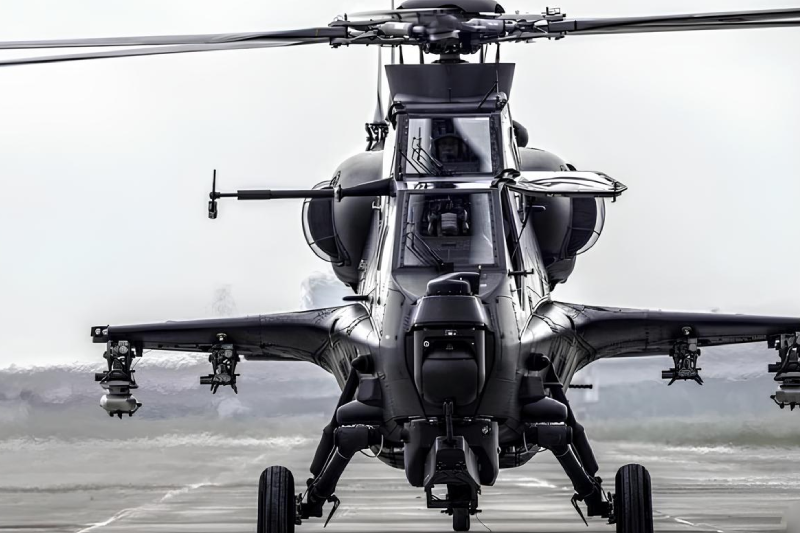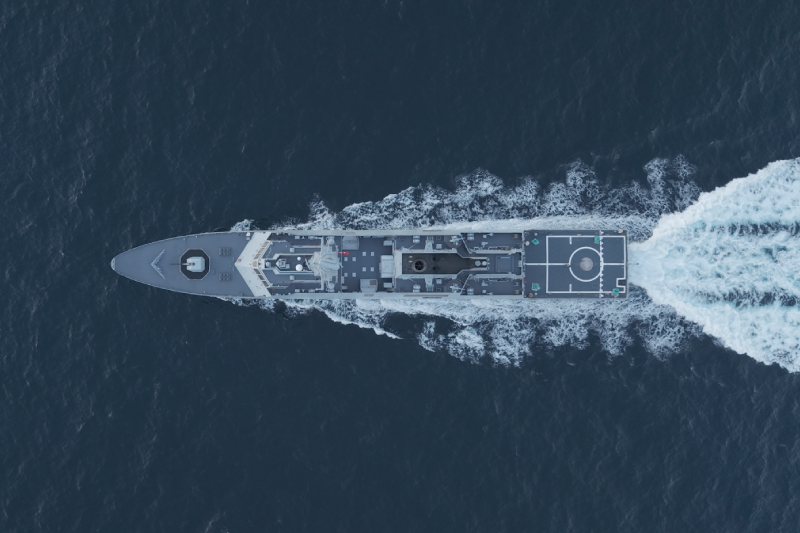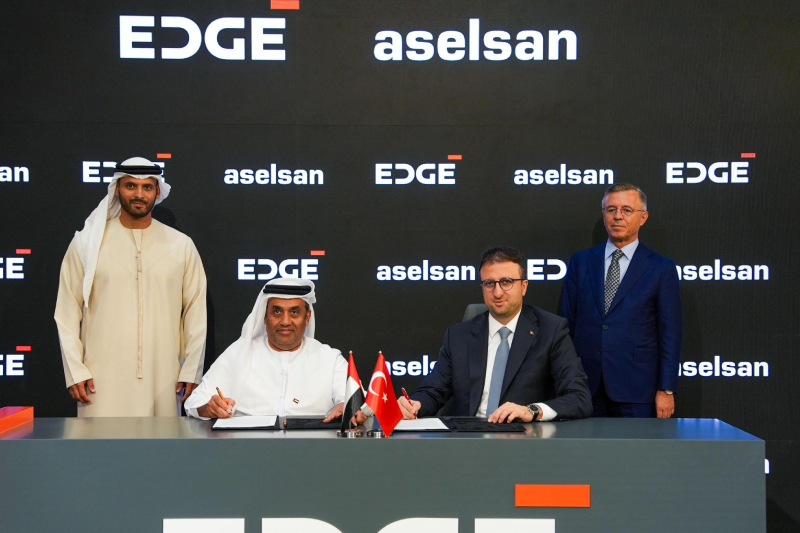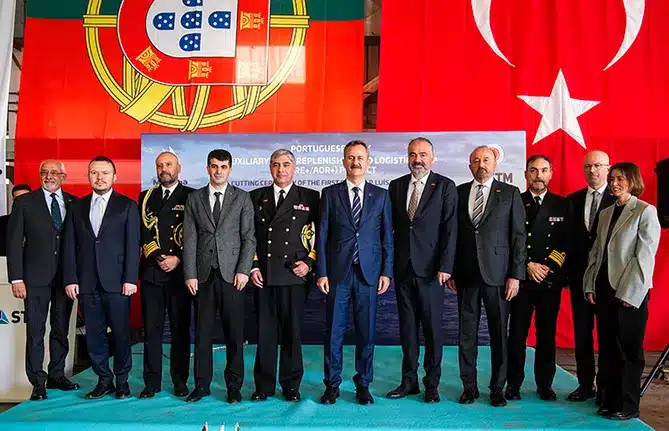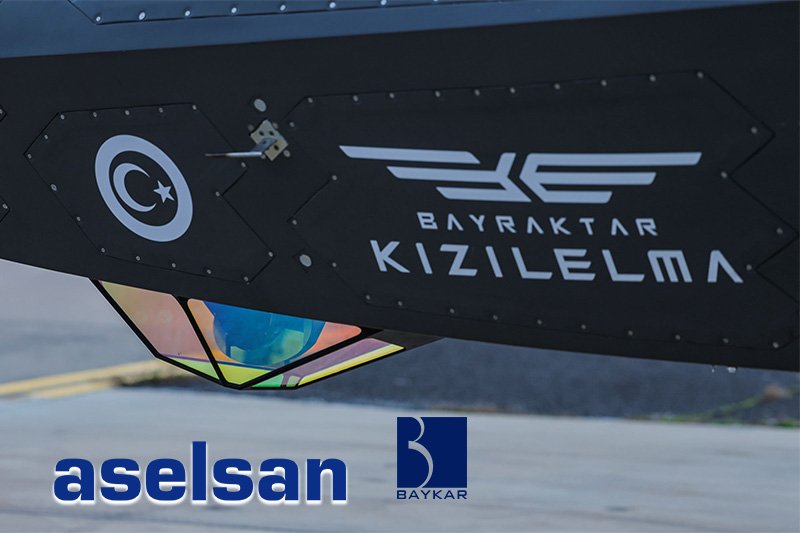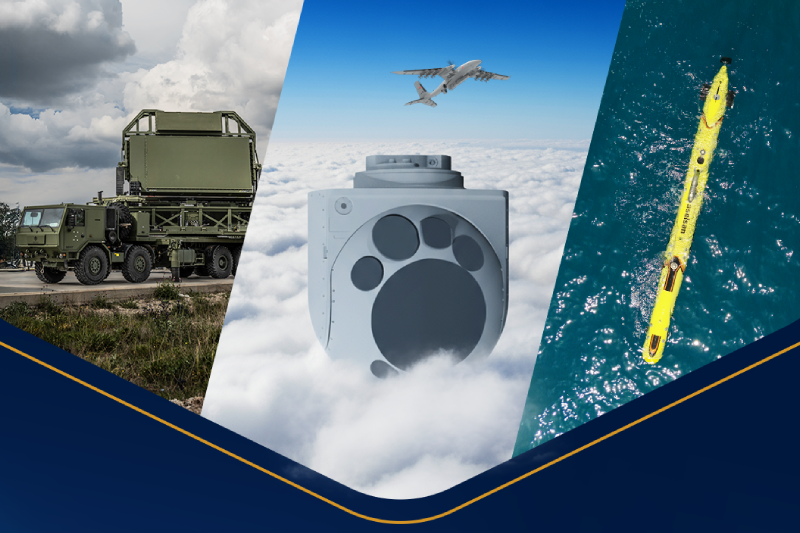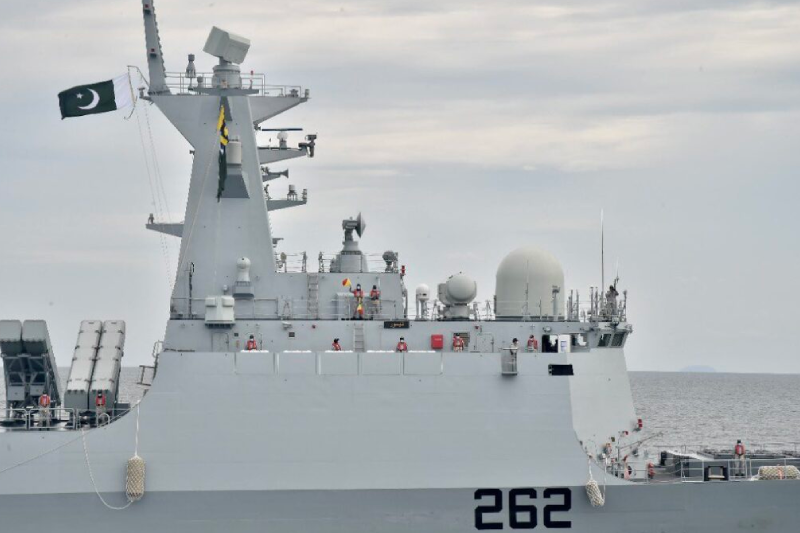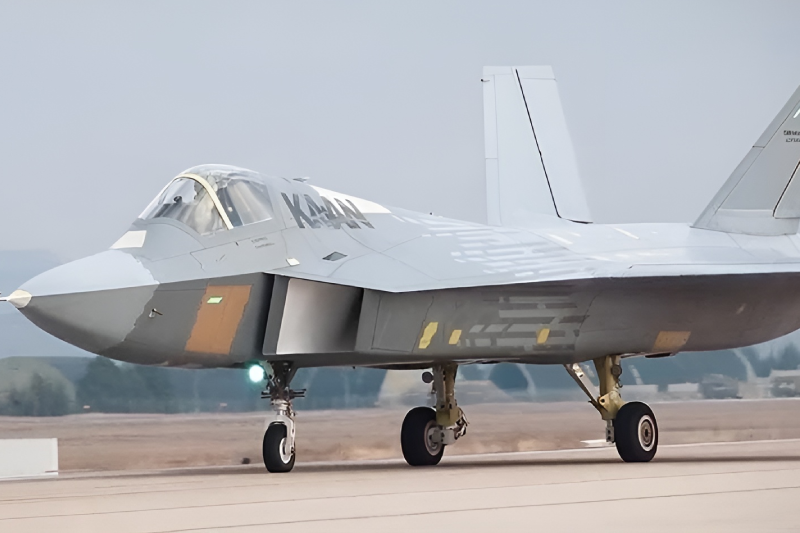Egypt Eyes Turkiye’s Kaan Fighter Jet Program
Egypt is positioning itself to join Turkiye’s groundbreaking Kaan fighter jet program, marking a significant development in Middle Eastern defense cooperation and regional military dynamics. This strategic partnership in the Kaan fighter jet program represents a potential shift away from traditional Western defense dependencies while strengthening bilateral ties between two major regional powers. The collaboration could fundamentally alter the regional air power balance that has long favored Israel through extensive US military support and advanced fighter aircraft acquisitions.
The emerging partnership between Turkiye’s and Egypt in advanced fighter development signifies a transformative moment in Middle Eastern defense relationships. This collaboration moves beyond traditional procurement models toward genuine technology sharing and joint development initiatives. The strategic cooperation demonstrates both nations’ commitment to achieving greater defense industry self-sufficiency while reducing dependence on external suppliers and political constraints that often accompany foreign military sales.
Egyptian President Abdel Fattah el-Sisi first expressed interest in the Kaan project during his September 2024 visit to Ankara, where he also showed enthusiasm for Turkiye’s indigenous “Iron Dome”-style air defense systems. This high-level diplomatic engagement established the foundation for deeper military cooperation discussions. The presidential-level interest demonstrates Egypt’s strategic commitment to diversifying its defense partnerships while accessing cutting-edge military technologies through regional cooperation rather than traditional Western channels.
Subsequent visits by Egyptian air force delegations and the May 2025 trip by Egypt’s armed forces chief General Ahmad Khalifa have significantly advanced technical discussions covering training programs, technology transfer mechanisms, and comprehensive knowledge sharing arrangements. These military-to-military engagements provide the technical foundation necessary for meaningful participation in advanced fighter development programs. The deepening dialogue indicates serious commitment from both sides to move beyond preliminary discussions toward concrete cooperation agreements.
Diplomatic sources anticipate that a formal agreement for Egypt’s participation in the Kaan program will be signed before the end of 2025, representing a milestone in regional defense cooperation. This timeline suggests that technical discussions have progressed sufficiently to enable concrete partnership agreements. The formal agreement would establish specific roles, responsibilities, and contribution levels for Egypt’s participation while defining technology transfer arrangements and production sharing mechanisms.
Egypt’s participation in the Kaan program could significantly alter the regional air power equation that has traditionally favored Israel through extensive U.S. military support and advanced fighter aircraft acquisitions. The development of indigenous fifth-generation fighter capabilities by regional powers represents a fundamental shift toward greater strategic autonomy. This transformation could reduce the effectiveness of traditional diplomatic pressure mechanisms that rely on defense dependency relationships.
Beyond Egypt, Turkiye’s fighter jet initiative has attracted interest from Spain and the United Arab Emirates, potentially creating a multinational development consortium that could reduce individual costs while accelerating production timelines. International participation would strengthen research and development investment while distributing financial risks across multiple partners. The broader international involvement transforms the Kaan from a purely national project into a shared regional and international asset with enhanced sustainability and capability.
The Kaan represents a sophisticated fifth-generation warplane that Turkiye’s has developed over nearly a decade of intensive research and engineering efforts. The aircraft incorporates advanced stealth characteristics, sophisticated avionics systems, and modern weapons integration capabilities comparable to other fifth-generation fighters. The technology represents a significant leap forward in regional defense manufacturing capabilities while demonstrating Turkiye’s growing aerospace industry competency.
Following its public unveiling in 2023 and successful maiden test flight in early 2024, the Kaan program continues advancing toward serial production scheduled to begin in 2028. This timeline provides participating nations with clear expectations for capability delivery while allowing sufficient time for partnership integration and technology transfer implementation. The production timeline also aligns with regional defense modernization requirements as multiple nations seek to upgrade their fighter fleets.
Both Turkiye’s and Egypt are carefully managing their expanding defense cooperation to avoid damaging relationships with Washington and the European Union, recognizing the importance of maintaining multiple partnership options. This diplomatic balance allows both nations to pursue greater defense autonomy while preserving access to Western markets and technologies. The cautious approach demonstrates mature strategic thinking that prioritizes long-term national interests over short-term political positioning.
Don’t miss this: Turkiye Showcases Next-Gen Autonomous Maritime Drone Technology
The multinational approach to Kaan development offers significant cost advantages compared to purely national fighter programs, making advanced capabilities more accessible to participating nations with constrained defense budgets. Shared development costs, distributed production responsibilities, and collaborative technology development create economies of scale that benefit all partners. This model provides a sustainable approach to developing sophisticated military capabilities without the enormous financial burdens typically associated with advanced fighter programs.
Egypt’s anticipated participation in Turkiye’s Kaan fighter jet program represents a strategic shift toward regional defense cooperation and indigenous capability development, potentially transforming Middle Eastern military dynamics while reducing traditional dependencies on external defense suppliers and political constraints.
Keep connected with us at Facebook, Twitter, YouTube, Instagram & TikTok for latest defense happening around the globe.
Discover more from International Defence Analysis
Subscribe to get the latest posts sent to your email.



